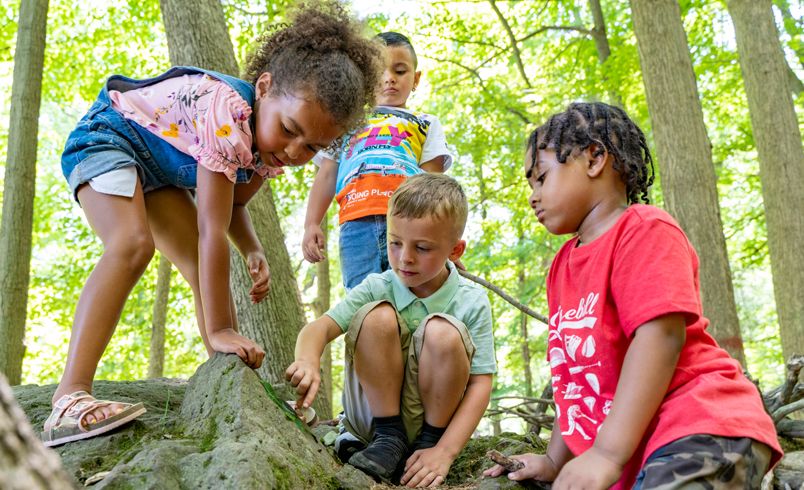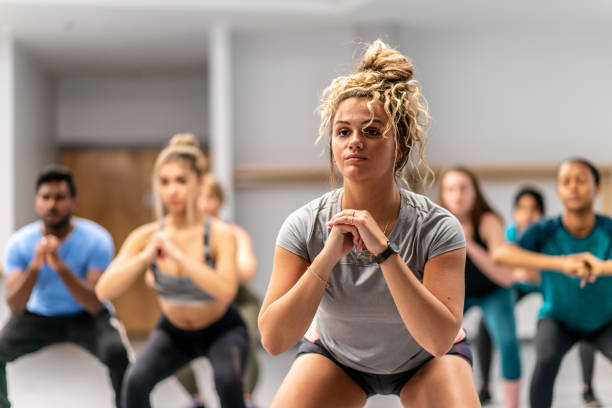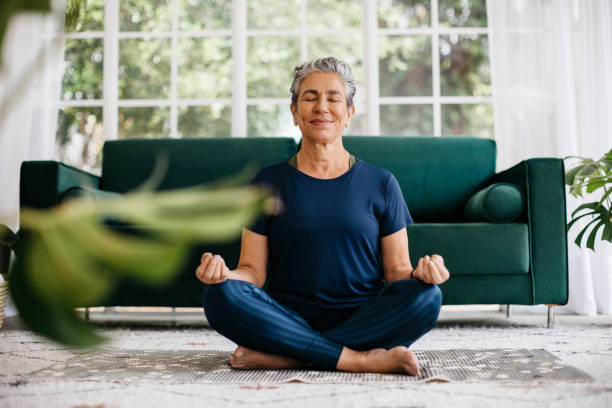
Regular exercise is crucial for maintaining good health and overall well-being at any age. However, it is important to understand that different age groups have unique needs when it comes to fitness. Tailoring exercise routines to suit specific age groups can help individuals achieve their fitness goals while minimizing the risk of injury and promoting healthy aging. In this article, we will explore the best exercises for each generation, from young children to older adults, and provide tips on how to create age-appropriate workout programs.
Understanding Exercise Needs by Age Group
Young Children (Ages 2-12)
When it comes to young children, ages 2 to 12, play is an essential component of physical development. Encouraging activities that involve running, jumping, climbing, and swimming can help children develop their motor skills, coordination, and overall fitness. These activities not only promote physical health but also help children develop social skills and confidence.
One great way to encourage movement in young children is to create a fun and engaging environment for play. Setting up obstacle courses, playing tag, or participating in team sports can keep children active and engaged. Additionally, incorporating activities that focus on balance, such as riding a bike or playing on a balance beam, can help improve coordination and proprioception.

Teenagers (Ages 13-19)
As teenagers go through puberty, their bodies undergo significant changes that impact their physical fitness. It is important for teenagers to focus on building strength, cardiovascular endurance, and flexibility during this stage of life. Introducing weight training and structured sports can help teenagers develop muscle mass, improve bone density, and boost their overall fitness levels.
Teenagers should be encouraged to engage in activities that they enjoy, whether it's playing basketball, dancing, or practicing martial arts. It is also essential to emphasize the importance of proper form and injury prevention to ensure safe and effective workouts.

Young Adults (Ages 20-39)
Young adults, ages 20 to 39, often lead busy and active lifestyles. Incorporating a variety of exercises, including cardiovascular workouts, strength training, and flexibility work, can help maintain overall fitness and prevent sedentary behavior. Engaging in activities such as running, cycling, swimming, weightlifting, and yoga can help young adults stay healthy and fit.
It is important for young adults to find a balance between work, social life, and exercise. Setting realistic fitness goals, such as running a 5K race or completing a yoga challenge, can help maintain motivation and track progress over time.

Middle-Aged Adults (Ages 40-59)
Middle-aged adults, ages 40 to 59, often face challenges related to age-related muscle loss and decreased bone density. Incorporating low-impact exercises like walking, swimming, and yoga can help maintain cardiovascular health and improve flexibility. Strength training is also essential for combating age-related decline and preserving muscle mass.
Finding activities that suit individual preferences and fitness levels is key for middle-aged adults. Whether it's attending group fitness classes, hiking in nature, or practicing Pilates, staying active and engaged in physical activity can improve overall health and well-being.

Older Adults (Ages 60+)
Physical activity becomes even more important as individuals age, especially for older adults ages 60 and above. Focus on exercises that improve balance, flexibility, and coordination, such as tai chi, water aerobics, and chair yoga, can help reduce the risk of falls and maintain independence. Strength training is also crucial for preserving muscle mass and overall functional fitness.
Older adults should prioritize safety and injury prevention when engaging in physical activity. It's essential to listen to the body, warm up properly, and choose exercises that are suitable for individual needs and limitations.

Tailoring Exercise Programs to Your Age Group
Choosing the Right Activities
When selecting exercises for your age group, consider your interests, fitness level, and goals. Trying new activities can help keep workouts exciting and engaging. Consulting with a fitness professional can provide guidance on selecting appropriate exercises and creating a personalized workout plan.
Setting Realistic Goals
Setting achievable and realistic goals is essential for staying motivated and tracking progress. Take into account your age, fitness level, and any limitations when setting fitness goals. Adjust your exercise routine as needed to accommodate changes in your physical abilities over time.
Staying Safe and Injury-Free
Avoiding common exercise-related injuries is crucial at every age. Be sure to warm up before exercise, cool down afterward, and listen to your body if something feels off. If needed, modify exercises to reduce the risk of injury and consult with a healthcare provider if you experience pain or discomfort.
Conclusion
In conclusion, choosing age-appropriate exercises is vital for maintaining physical health and overall well-being at every stage of life. By understanding the unique needs and considerations of each age group, individuals can create effective workout routines that promote fitness, prevent injury, and support healthy aging. Prioritizing regular physical activity and seeking guidance from fitness professionals can help individuals achieve their fitness goals and lead active, fulfilling lives. Remember to consult with a healthcare provider before starting a new exercise program and enjoy the journey to better health through age-appropriate exercises.
FAQs
Q: What types of activities are suitable for young children ages 2 to 12?
A: Activities such as running, jumping, climbing, swimming, and playing in structured environments like obstacle courses are great for young children to develop motor skills and coordination.
Q: What are some recommended exercises for teenagers ages 13 to 19?
A: Weight training, structured sports, and activities like basketball, dancing, and martial arts can help teenagers build strength, cardiovascular endurance, and flexibility.
Q: How can young adults ages 20 to 39 maintain their fitness levels amid busy lifestyles?
A: Engaging in a mix of cardiovascular workouts, strength training, and flexibility exercises like running, cycling, swimming, weightlifting, and yoga can help maintain overall fitness.
Q: What are some suitable exercises for middle-aged adults ages 40 to 59 to combat age-related muscle loss?
A: Low-impact exercises like walking, swimming, yoga, and strength training are essential to maintain cardiovascular health and preserve muscle mass.
Q: What types of exercises are recommended for older adults ages 60 and above to improve balance and flexibility?
A: Focus on exercises that improve balance, flexibility, and coordination such as tai chi, water aerobics, and chair yoga to reduce the risk of falls and maintain independence.


0 Comments